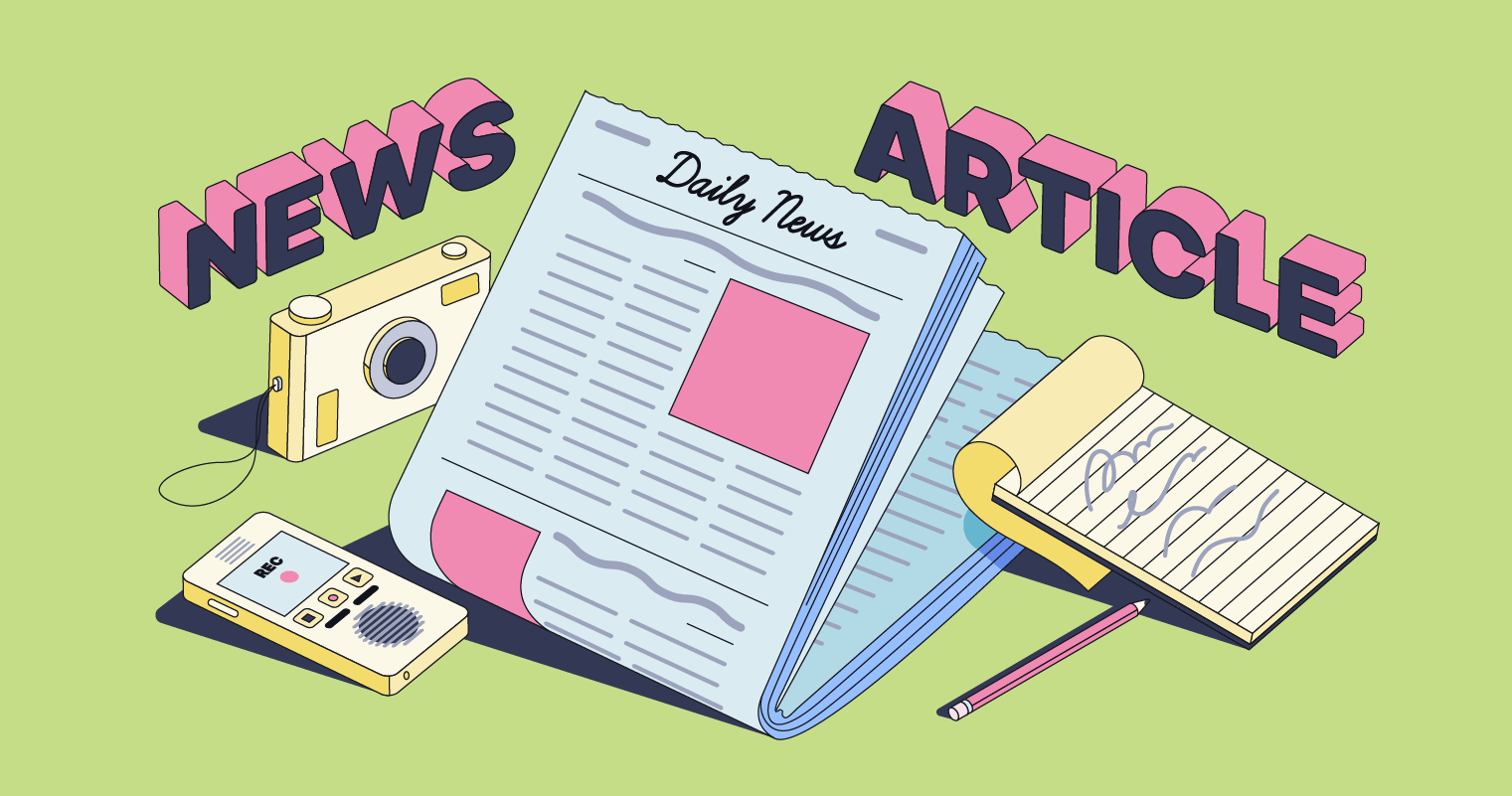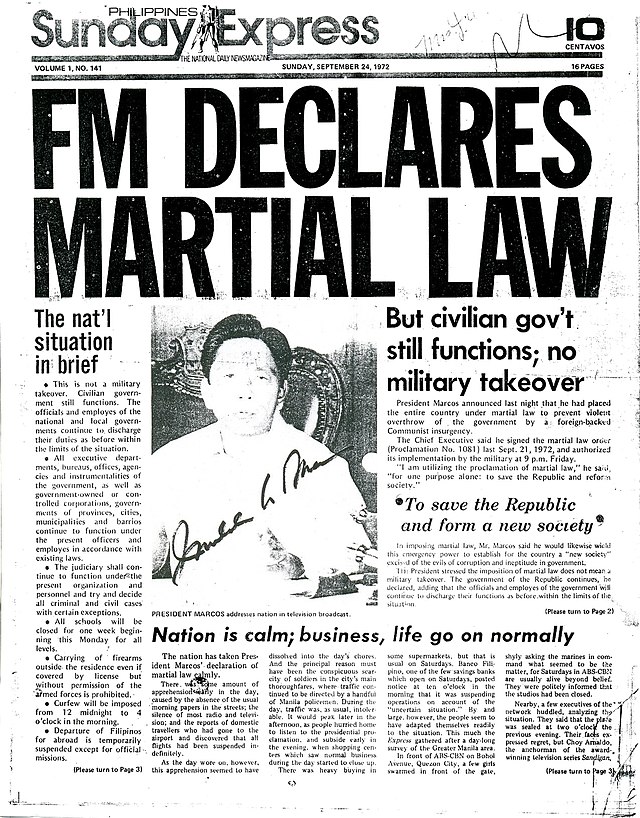Getting My News Articles To Work
Getting My News Articles To Work
Blog Article
6 Simple Techniques For News Articles
Table of ContentsNot known Details About News Articles The smart Trick of News Articles That Nobody is DiscussingSee This Report on News ArticlesNews Articles Can Be Fun For EveryoneNews Articles - Questions
Good knowledge of various topics gives students a competitive edge over their peers. Despite the fact that electronic and social media are easily accessible, we ought to not forget how important it is to check out the papers. Moms and dads should attempt and inculcate the behavior of checking out a newspaper as a day-to-day regimen to proceed the legacy of the adored print tool.News stories also include at the very least one of the following essential characteristics loved one to the designated audience: distance, prominence, timeliness, human interest, strangeness, or repercussion.
Within these limits, information tales also intend to be comprehensive. Among the bigger and more respected papers, justness and balance is a major factor in providing information.
Papers with an international target market, for example, tend to make use of a much more formal style of composing. The specific choices made by a news outlet's editor or content board are typically gathered in a design guide; usual style overviews include the and the United States Information Design Publication. The major objectives of information writing can be summed up by the ABCs of journalism: accuracy, brevity, and clearness.
Some Of News Articles
Generally, reporters will not utilize a long word when a brief one will certainly do. They make use of subject-verb-object building and construction and vivid, active prose (see Grammar). They supply stories, instances and metaphors, and they rarely depend on generalizations or abstract ideas. Information writers attempt to stay clear of making use of the exact same word greater than as soon as in a paragraph (occasionally called an "echo" or "word mirror").
Nonetheless, headlines occasionally leave out the topic (e.g., "Leaps From Boat, Catches in Wheel") or verb (e.g., "Feline female fortunate"). A subhead (additionally subhed, sub-headline, subheading, caption, deck or dek) can be either a subservient title under the major headline, or the heading of a subsection of the article. It is a heading that comes before the primary message, or a group of paragraphs of the main text.
Extra signboards of any of Clicking Here these kinds may show up later in the short article (especially on subsequent web pages) to entice additional analysis. Such billboards are additionally utilized as pointers to the post in various other areas of the magazine or site, or as ads for the piece in other magazine or websites. Typical structure with More about the author title, lead paragraph (summary in vibrant), various other paragraphs (information) and contact info.

Example of a hard-lead paragraph NASA is proposing an additional room job. The budget plan requests around $10 billion for the project.
The NASA news came as the company asked for $10 billion of appropriations for the job. An "off-lead" is the 2nd essential front web page information of the day. The off-lead shows up either in the leading left edge, or directly below the lead on the right. To "hide the lead" is to start the write-up with background information or details of secondary relevance to the visitors, requiring them to learn more deeply right into a short article than they need to have to in order to find the important points.
Getting The News Articles To Work
Typical use is that or more sentences each form their own paragraph. Journalists typically explain this link the organization or structure of a news story as an inverted pyramid. The crucial and most interesting elements of a story are put at the beginning, with supporting info complying with in order of lessening relevance.
It permits individuals to check out a topic to only the deepness that their inquisitiveness takes them, and without the charge of details or nuances that they could consider unnecessary, yet still making that details offered to much more interested readers. The inverted pyramid framework likewise enables articles to be trimmed to any approximate size throughout design, to fit in the area available.
Some authors begin their stories with the "1-2-3 lead", yet there are many sort of lead offered. This format usually starts with a "5 Ws" opening up paragraph (as described over), complied with by an indirect quote that serves to sustain a major component of the very first paragraph, and afterwards a straight quote to support the indirect quote. [] A twist can refer to numerous things: The last tale in the news program; a "pleased" tale to end the program.
Longer write-ups, such as magazine cover write-ups and the pieces that lead the within sections of a newspaper, are called. Function tales differ from straight information in several methods. Foremost is the lack of a straight-news lead, the majority of the moment. Rather of providing the essence of a story in advance, function writers might try to entice readers in.
The Only Guide for News Articles
A feature's very first paragraphs often relate an interesting moment or event, as in an "anecdotal lead". From the particulars of a person or episode, its sight promptly widens to generalities about the tale's topic.

The Editor's Tool kit: A Referral Guide for Beginners and Professionals (2001) Allan M. Siegal and William G. Connolly. The New York City Times Manual of Design and Usage: The Official Style Overview Made Use Of by the Writers and Editors of the Globe's A lot of Authoritative Paper (2002) M. L. Stein, Susan Paterno, and R.
Report this page